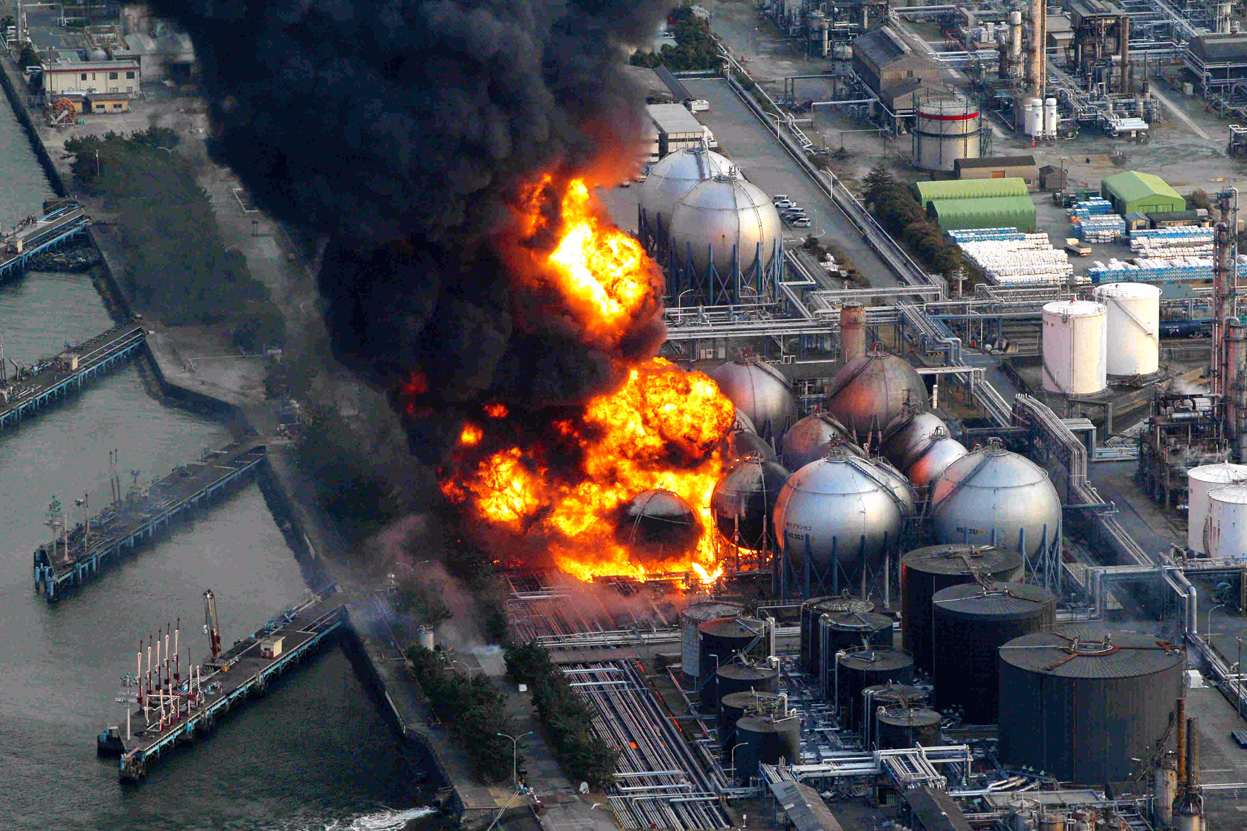

Even after a plant has shut down it continues to produce “decay heat”, which amounts to 6-7% of the heat power produced by a fully operating plant. Daiichi’s three other units were not in operation at the time, with the fourth reactor down for refuelling.Īll the units shut down automatically when the quake hit - but this is not enough to stop a plant from generating heat. These were the four reactors at Fukushima Daini, three reactors at Onagawa, one reactor at Tokai, and three reactors at Fukushima Daiichi. When the earthquake hit, there were 11 reactors operating at four nuclear power plants in the affected Miyagi region. The impact of Fukushima on the nuclear industry was severe, in Japan and beyond. The disaster took place just as some nations were considering the idea of a “nuclear renaissance”. The movement was so severe that the country moved a few metres east, the local coastline dropped, and it triggered a tsunami which killed thousands of people.īut what many people outside Japan remember is the nuclear meltdown at the Fukushima Daiichi power plant (hereafter just ‘Fukushima’), which released a plume of radiation into the surrounding area and ocean. Five years ago, on 11 March 2011, a large region of Japan was shaken for three minutes by a magnitude 9.0 earthquake.


 0 kommentar(er)
0 kommentar(er)
